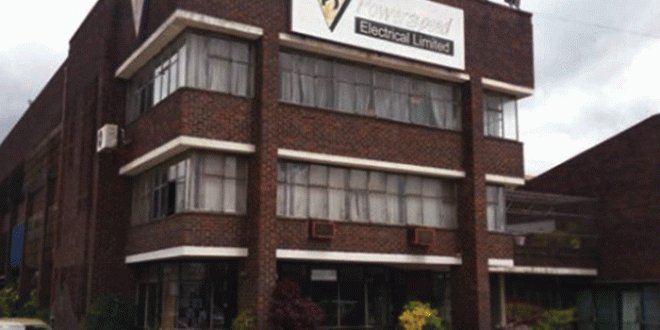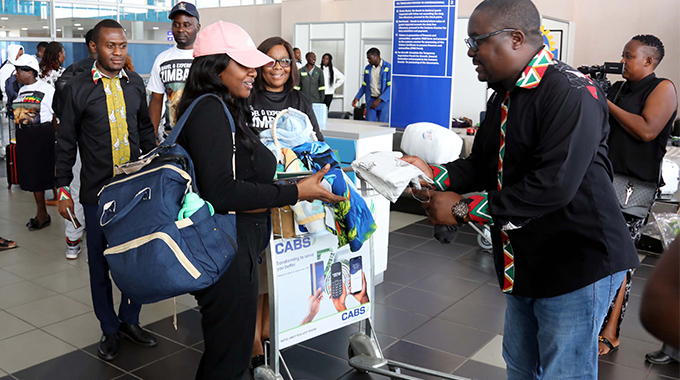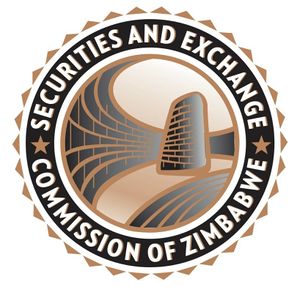Pushing up dollar prices is cutting throat
A number of Zimbabwean industrialists and distributors have decided to cut their own business throats by pricing their goods out of the market in an attempt to match their US dollar prices to the black market quotes of dealers who are not dealing.
The energetic action of the Financial Intelligence Unit and the police have largely killed the black market for foreign currency. The street dealers have been rounded up by the police who have quite simply sent out plain clothes officers with a US$20 note to see if anyone sidles up to them. When they do they are arrested.
Those who financed the street dealers and then aggregated their small deals to build up the blocks of currency that business people might be interested in buying, have been tamed by the FIU, which watches their bank accounts, normally very plural in number and then steps in when it is obvious that something untoward is going on. While the street dealers go to jail, the aggregators normally escape with civil penalties, but still lose their money.
The double action has seen what was always a minority market become even smaller, and latest Reserve Bank of Zimbabwe estimates reckon the black market deals in less than 5 percent of the total foreign currency trading.
People who used to do a bit of dealing now carefully state that they cannot, since they do not want to be caught and go to jail.
However, dealers, especially those who used to do the aggregating, are still active, at least in quoting rates even if they are not trading. So we have reached the position that the black market rates are becoming detached from reality.
The interbank rates generated by the private banking system, using the weighted average of what each bank quotes as its bid rate, what it pays for a US dollar, and as its ask rate, what it sells that dollar for, now dominate dealing.
The unreal black market rate could be anything, since there is so little business. We have been there before. During UDI Ian Smith maintained the value of a Rhodesian dollar at US$1,40. The actual price in a free market would be lower. Without UDI it would be the price of half a British pound or US$1,20 in those days, but falling.
But Smith could set the rate at whatever he liked since it was a jailable offence to deal in foreign currency outside a bank.
And dealers were caught. Chartered accountants over 30 were allowed to fulfil their security force commitments as a police reservist in fraud squad, with a transfer back to the bush if they were not super keen. They were keen.
These days the rate is not set by decree, but in a market, although that market does not deal in all the legal currency.
A fair of amount of foreign currency is spent directly by those who have it, either earned or via the diaspora, and the rest now normally has to be used by net exporters for their own imports and dividend payments, or changed at their bank.
Retailers complain that only around 20 percent of the money coming through their tills is in foreign currency, but this is roughly what we could normally expect, since the only real source of all the free funds is the diaspora, regardless of how many hand a diasporan dollar goes through. The bulk of foreign currency remains the export earnings.
However, even with the decline of the black market to a near nonentity, the quoted rates, which are only indicative and not real, are still treated as though this was the rate God used when He wanted US dollars to pay the angels in heaven, or at least are considered to the real rate, even without the market to back them.
The black market operators also have a huge margin between bid and ask rates, with the bid rate, what they pay someone for a US$20 note, being little over half the ask rate, what they sell that note for.
Those who use the black market rates always take the ask rate of the most expensive dealer quotes as THE rate, and then compare it to the interbank mid-rate, the averaged out bid and ask rates in the banking system.
So for a start they are not comparing like to like, and secondly are comparing something legal to something illegal, and now something real to something virtual.
Where some businesses are slitting their throats is their decision to push up US dollar prices to way beyond what the item actually costs. They do this to calculate in those virtual black market rates.
To give an example. If the item is actually worth US$5, they convert that price to ZiG at a black market rate, say ZwG30 to the US dollar although it could be anything as the rates are all as virtual as each other.
But that gives then a ZiG price of ZwG150. They then convert back at the official rate, say ZwG15 to the US dollar, very close to the legal supermarket rate, and get a price of US$10. They then quote that US$10 as the price for a US$ product.
This is legal, as there are no price controls, and although the black market rate is being fed into the costing equation it is being fed in for the US dollar price, that is converted at the legal rates when someone pays in ZiG.
But all it requires is that someone else then imports the goods using their own earnings in foreign currency or what they can buy from their bank, and sells at the normal price, grossly undercutting the local supplier.
The local supplier relies on shortages to even stay in business and the huge surge in price is then demand pull inflation, not the cost push inflation the supplier will try to claim.
Demand-pull is normally a result of supplier greed, and that is what we are seeing here.
Already some retailers are moving out of the supply chains they have been relying on, and which have been concentrated into very few hands in recent years.
So we are seeing products made in countries we never really traded with suddenly appearing on shop shelves, undercutting the business that largely controlled the imports before, or the producer who had a near monopoly on Zimbabwean business.
Manufacturer who indulge in this should remember the disaster they underwent on dollarisation, when some were wiped out and some came very close.
Moving from the controlled market they had grown up in for more than 40 years since UDI to the open market on dollarisation they found they simply could not compete: they were too expensive and the gap kept rising because of the use of US dollars.
Imports were cheaper and, regrettably in many cases, better since the foreign supplier was in a highly competitive environment.
As we argued recently, the main problem in Zimbabwe, with a positive balance of payments, is not something fundamental since our inflows of foreign currency are greater than the outflows.
It is this dual currency system that allows virtual business people to set exchange rates that have no real meaning, and encourages others to hang on to their foreign currency to the last possible moment.
Economist Eddie Cross has argued, several times, that Zimbabwe should just swallow hard and go back to a single currency and that being the local currency.
This is what almost every country in the world does, after all, and would remove all the dual currency strains and manoeuvring from the economy.
Our reserves are rising, so the opportunity is starting to present itself for the sudden switch. Besides adequate reserves there is also need for an even more intense push against the black market, so the 5 percent of dealing drops further, and in any case for almost everyone to see that its rates are unreal, in both senses of that word.
But the way some are now playing the fool, it seems that the process to go to monocurrency should be rapidly accelerated, and perhaps an excess profits tax introduced to tame the totally incorrigible.-ebsinessweekl











